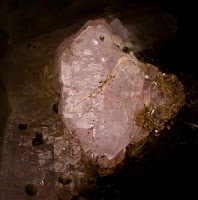 |
| (Image: Grace Hunter) |
Some of our favourite plants in the Biosphere have an ancient past - for example, ferns first appeared 350 million years ago, before even dinosaurs roamed the world!
Here are some native plants in the Biosphere whose ancestors existed at the same time as the dinosaurs.
We hope they inspire you to design and plant your own dinosaur-approved garden!
We hope they inspire you to design and plant your own dinosaur-approved garden!
Ferns: Ostrich fern (Matteuccia struthiopteris) and marginal wood fern (Dryopteris marginalia)
Conifers: Common juniper bush (Juniperus communis) and white pine (Pinus strobes)
Horsetails: Marsh horsetail (Equisetum palustre) and meadow horsetail (Equisetum pratense)
 |
| Meadow Horsetail (Image: Miika Silverberg) |
Mosses: Star moss (Polytrichum commune) and cushion moss (Leucobryum glaucoma)
Three cheers for full moons and swimming loons!










